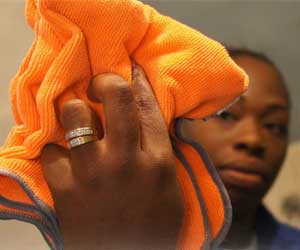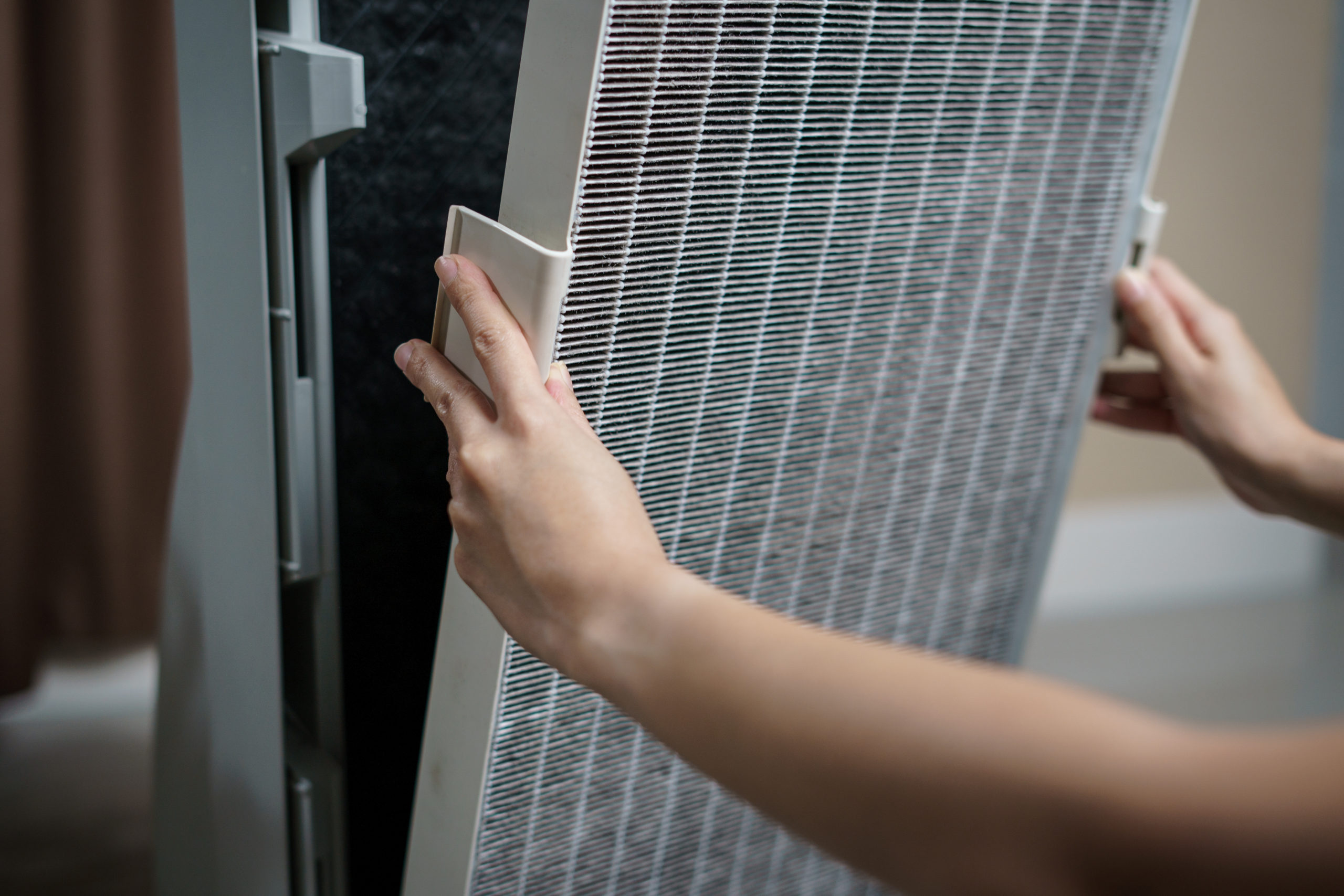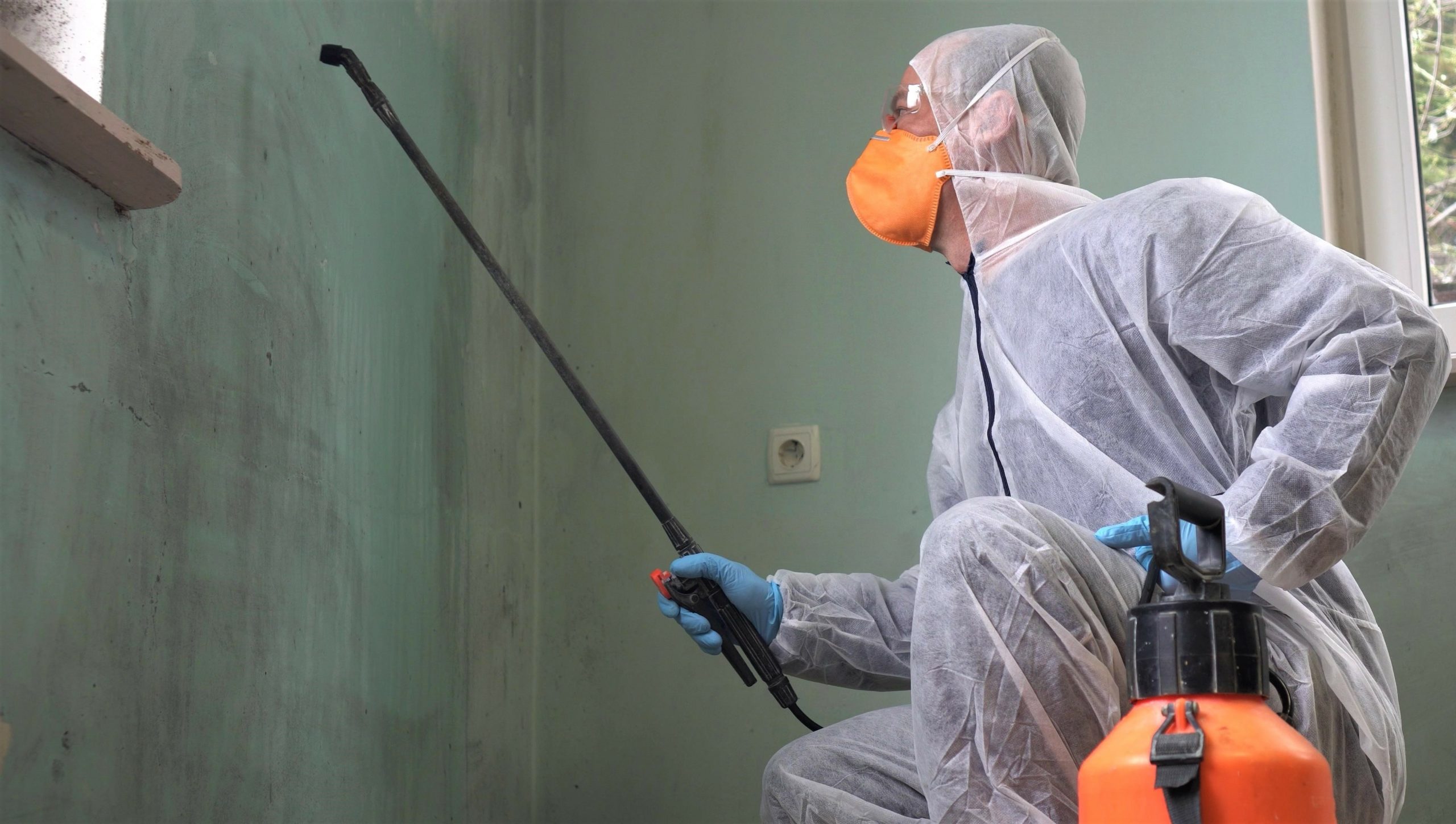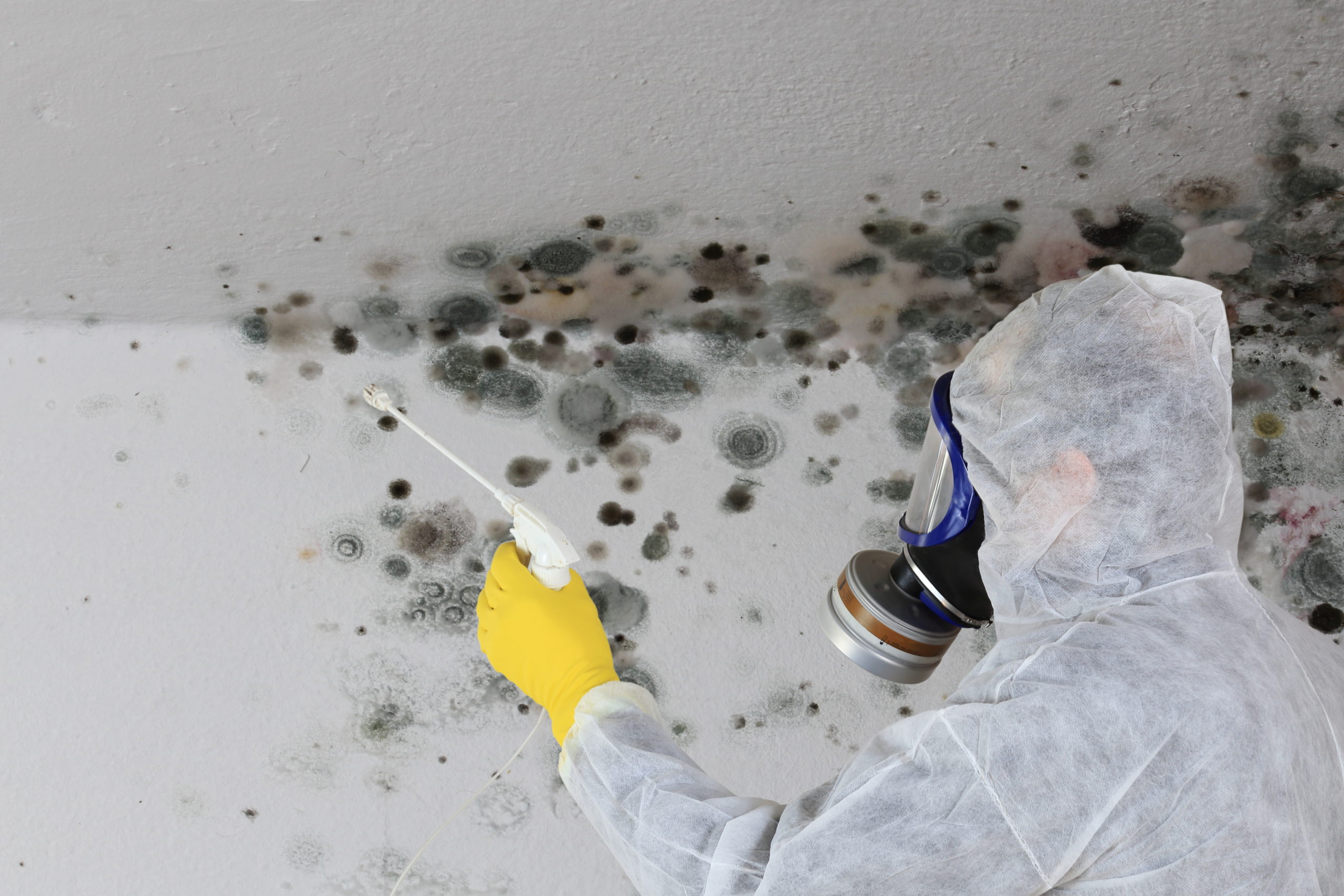Keep your microfiber investment alive for up to five years by asking some key questions before you purchase and using an effective and consistent laundering rotation.
With the use of microfiber increasing among cleaning businesses from residential to commercial to window cleaning, everyone wants to make sure they get the most out of their investment. The surest way to ensure the longest life of the microfiber you purchase is to follow the care instructions. Unfortunately, many microfiber products are packaged with vague care instructions or without any care instructions at all, which can lead to quite undesirable results.
How Long Should Your Microfiber Last?
Ultra microfiber is durable and will last longer than most economy microfiber and cotton rags. The life of microfiber is generally measured in number of washes rather than weeks, months, or years. If the specifications or packaging doesn’t identify the number of washes, be sure to demand this information from your purchasing representative.
Ideally, the amount of microfiber cloths purchased should support a three-day rotation – in use, laundered and ready for use, and in the process of being laundered, although a two day rotation is also reasonable and doable. Based on typical cleaning applications and a stated 500-wash lifetime, a three-day rotation should provide for a set of cloths to last around five years. In reality, however, many professional cleaning services find a 500 wash lifetime to be a very optimistic projection. Companies that cite a specific number of washes for the lifetime of their microfiber products usually have tested their towels in laboratory settings where the towels are washed in six week cycles, 24/7, using a standard amount of laundry detergent. The true lifetime actually depends on what surfaces the cloths are used on, how the cloths are laundered, and the quality of the towels; higher density microfiber usually equals higher quality. At this time, there are no use-based tests or experiments to help determine a more accurate expected life of microfiber.
How Should I Wash and Dry Microfiber?
When instructions accompany the microfiber, always follow the laundering instructions on the package or recommended by the manufacturer. But often, the care instructions are vague or missing. Here are some suggestions for proper care:
Washing
· 140°F water; up to 200°F water for disinfecting
· Use a perfume-free, chlorine-free, bleach-free, phosphate-free, and softener-free detergent
· Fill washer only half to three-quarters full of loose cloths; do not wash cloths packed in mesh bags
Drying
· 180°F hot air dry; up to 250°F for disinfecting
Some microfiber towels on the market can be used with bleach, but as a general rule, “household” bleach (sodium hypochlorite) should be avoided. Bleach will not immediately ruin the towels, but keep in mind use of bleach with the towels will decrease their lifetime usefulness. Bleach in general will damage any type of polyester, and it will harm microfiber towels by making the microfilaments brittle and causing them to be easily broken, compromising the integrity and decreasing the usefulness of the towels. Oxy-based bleaches (sodium percarbonate, peroxyhydrate) seem only to affect the color of the cloth, not the lifetime.
Perfumes in detergents and fabric softeners “clog” the microfibers. Fabric softeners especially contain silicone, which coats the microfibers and interferes with their cleaning ability. In addition, the silicone removes the static charge of the dry microfiber towels, again reducing their superior ability to pick up microscopic soil and prevent it from reentering the air during cleaning.
Ecolab’s Eltra disinfectant detergent is an example of a chlorine- and phosphate-free disinfectant detergent that is effective at lower wash temperatures of 140°F. If disinfection is not required, the cloths can be washed at 140°F and hot air dried at 180°F. This milder regimen will help the cloths last longer but at the expense of claiming proper disinfection of the towels.
Microfiber cleaning cloths which need to be disinfected can be safely washed at 200°F and hot air dried at 250°F. Launder microfiber cleaning cloths with antimicrobial fibers or strips woven into the fabric according to manufacturer’s instructions or, if not available, use the same laundering techniques as regular microfiber cloths. Although these cloths kill microbes in direct contact for a specific amount of time with the antimicrobial fibers or strips embedded in the fabric, be sure to clean and disinfect all cloths properly to remove trapped contaminants, to extend the life of the cloth, and to keep odors or discoloration from causing the cloth to be retired early.
Although microfiber cleaning cloths are known for the low amount of water needed for cleaning, in the washing machine a high level of water should be used. This water is needed to rinse the dirt from the microscopic spaces in each towel. During the wash cycle, anything that interferes with the water freely passing through the microfiber cloth to remove debris should be avoided:
· do not overload the washing machine
· do not pack microfiber towels in a restrictive mesh laundering bag
· do not wash with lint-producing fabrics such as cotton.
In addition, the correct dose of laundry detergent is very important. Using too much laundry detergent is high on the list of practices that damage microfiber cleaning tools.
How Can I Keep Track of Microfiber Cloths?
Monitor your microfiber towels by numbering and dating them on their label with a permanent marker. You can also write directly on the microfiber towel or mop head itself with a permanent marker without any damage to the towel or mop head itself. Assigning cloths and mop heads to specific cleaning technicians or teams and adding a team number is also helpful in tracking your cloths. You can then survey the lifetime washes your laundering system provides and watch inventory at the same time.
Where Should I NOT Use Microfiber in Cleaning?
Avoid using microfiber towels on rough surfaces, which will cause the towels to snag and run. Cotton or retired microfiber cloths are better for these surfaces.
Special thanks to Mr. Stephan Arts, Business Unit Director, Rekola Oy Trolley Systems, for his contribution to these Best Practices for Microfiber Care.
Janice Stewart is owner of Castle Keepers and driving force behind the development of the Modern Cleaning approach, Janice brings her scientific and healthcare background to inform the development of effective, safe, and healthy cleaning methods.





